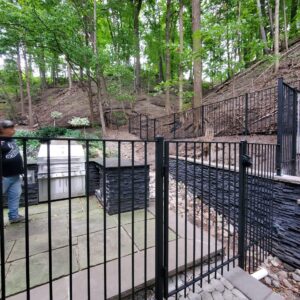
It is important to note the level of security that you get from fences to be able to decide which one is appropriate for your home. Thus, we need analyze the pros and cons presented by the security offered by security fences – metal & wrought iron railings, gates, fences Toronto & GTA. Provided below are the commonly designed security fences and a description of the level of description they provide.
- Staggered Pathway Fence – In this design, there are different levels of elevation which can aid in withstanding any potential impact to the rails. Moreover, the pickets are pointed which prevents people or pets from climbing.
- Versatile Fence – This design offers aesthetics and durability. It is usually built on a great height. It’s design still offers visibility to the viewers from both sides.
- High Profile Fence – This design is great for people who want to prevent climbers. Since it utilizes solid planks, there is no visibility on either side of the fence.
- Tight Meshed Fence – This fence prevents people from climbing over the fence. Moreover, it absorbs the impact throughout the mesh should there by a collision encountered.
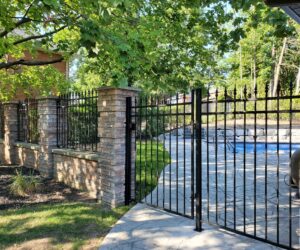
Security fences come in different designs and style. If you are looking for information about security fences – metal & wrought iron railings, gates, fences Toronto & GTA, we recommend you research online or contact. It is important to note that most of the time, the security features are affected with the how it is constructed.
Security Fences
If your primary goal is containing toddlers in a play area, chain-link or wire-mesh fence with a 2-inch opening is excellent material. Each offers sufficient height (at least 4 feet) and continuous visibility, allowing parents to keep an eye on their children’s play.
Keeping Things In
A toddler proof fence will not necessarily keep older children from straying however. Chain link especially will give children toeholds for climbing as they grow taller and more adventuresome.
Chain link and wire mesh are also effective for containing smaller pets. And metal is a better material than wood because dogs can’t gnaw or scratch through it.
Containing larger animals—such as horses—in rural areas requires wire, panel, or rail fencing. Consult a local agricultural extension agent for information about these fences.
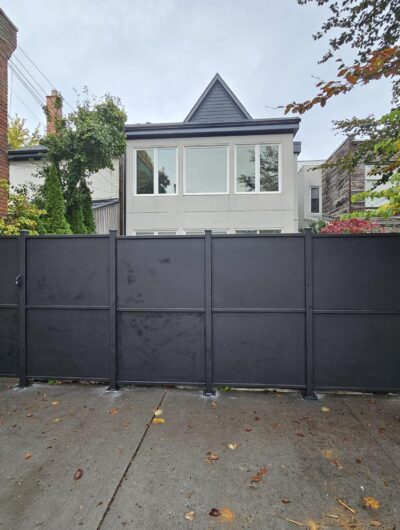
Keeping Things Out.
Fencing designed to keep children or pets in will usually also keep children or pets out. If keeping intruders out is your priority, both the strength of your fence and its dimensions will change
Solid fences built primarily for security also provide complete privacy. But a secure enclosure comes with a price—it can feel confining.
To open the confinement build see-through panels (small lattice windows, for example in board or siding fencing. Use the panel framing or modify some of the sections so they contain infill that isn’t solid. Your design will be stylish and you’ll avoid feeling like a prisoner of your own security project. Before you finalize your security fence design, research lighting and alarm systems. With motion-sensing lights and an alarm system that fits your lifestyle and budget, you can keep your property secure without having your fence as your only security feature.
SPECIFICATIONS FOR SECURITY
Don’t let your security fence create insecurity. Many urban residents find that the fence they built to keep out burglars offers intruders cover from watchful neighbors or passersby once the fence is scaled or breached.
A good security fence permits adequate visibility from the outside wrought iron, tubular steel, and chain link are good choices). It should also be high enough to discourage prowlers 5 feet is a minimum; 6 feet or more is better if the style of the fence will not be compromised, tough enough to resist break-ins wood is adequate; metal is better, and difficult to climb (no surfaces for hand holds or footholds.
Drowning is the second leading cause of accidental death of children under 3 years.If you have a swimming pool, make sure that its fence won’t let unattended children in. Build it so children can’t climb over or under it or slip through its infill.
The fence should allow clear visibility from the outside into the pool area—chain link, pickets, and clear acrylic are good choices. Tall, closely spaced ornamental metal fencing offers a stylish alternative that is difficult to climb.
Gates should be self-closing and self-latching, and their construction should match the safety requirements of the fencing.
Check with your local building department for code requirements that are likely to contain measures at least as strict as those established for swimming pools by the American Fence Association and the U.S. Consumer Products Safety Commission. Don’t overlook your spa or garden pond—many communities define these as installations that require a fenced enclosure.
FENCING OUT FOUR-LEGGED PESTS
Deer are lovely, graceful—and voracious. They often have the same taste in flowers and landscape planting that you do. If your garden is small, a short fence may do the trick— deer, like people, don’t like confined spaces. They don’t like noise, either, so some gardeners have eliminated deer feeding by tying plastic grocery bags to rope or wire strung between posts. No matter what you do, clear tall brush and weeds away from the perimeter of your garden fence.
The most effective way to keep deer out is to build something they’re not hungry enough to jump over. A 5-foot fence will hold back deer looking for a snack, but if deer food in the wild is in short supply, nothing less than 8 feet will do. If stylishness isn’t necessary but economy is, string 4-inch woven wire or poultry wire between metal T-posts.
The smaller wire mesh will also keep out burrowing pests. Space the posts (use 4x4s at the corners) 10 feet apart, wire the fencing to the posts, and stake or bury the bottom.
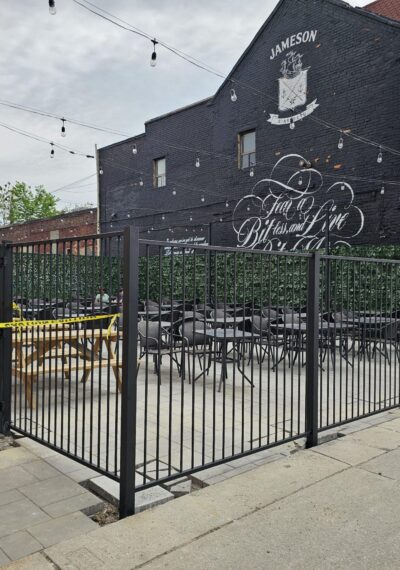
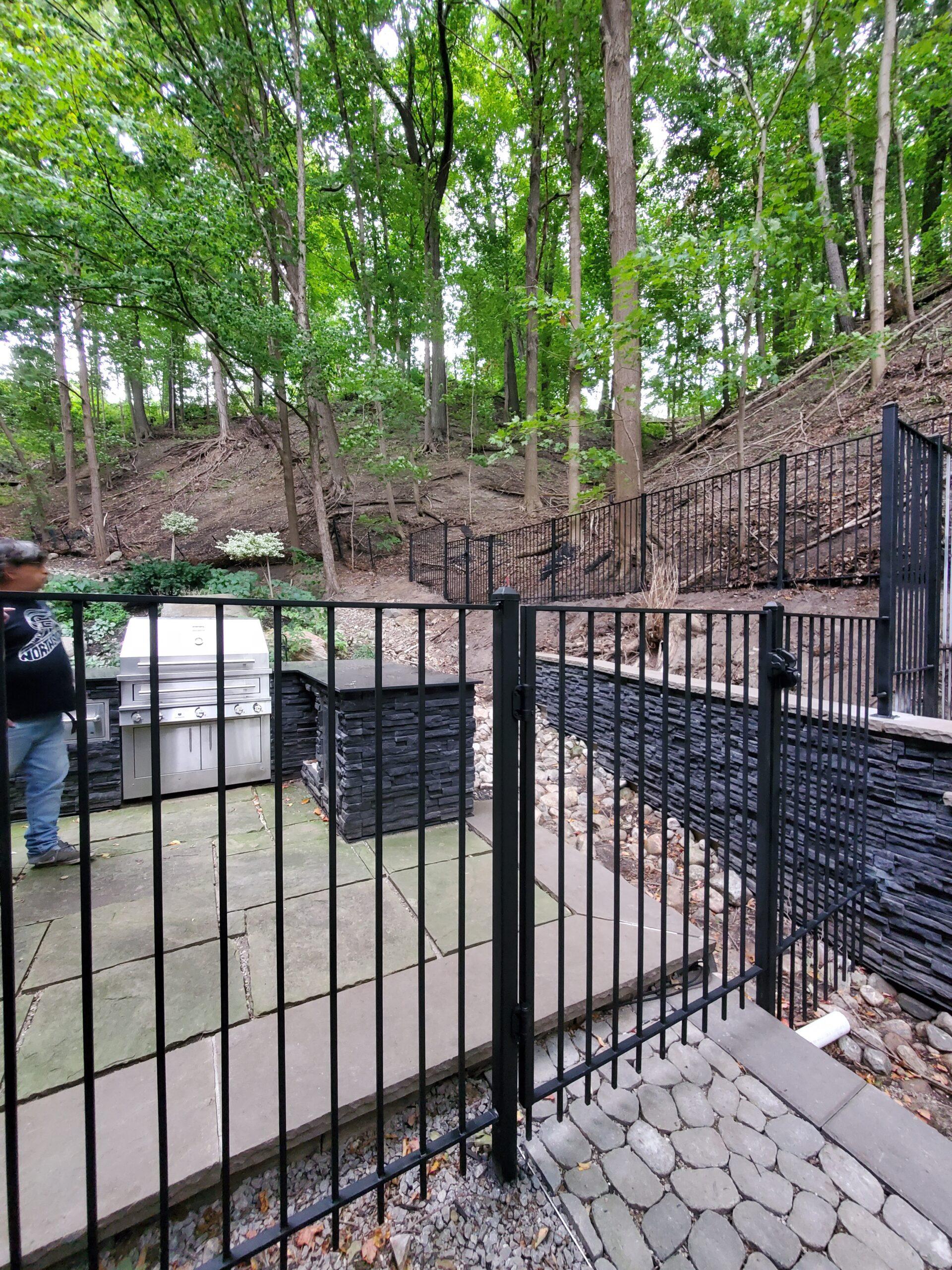



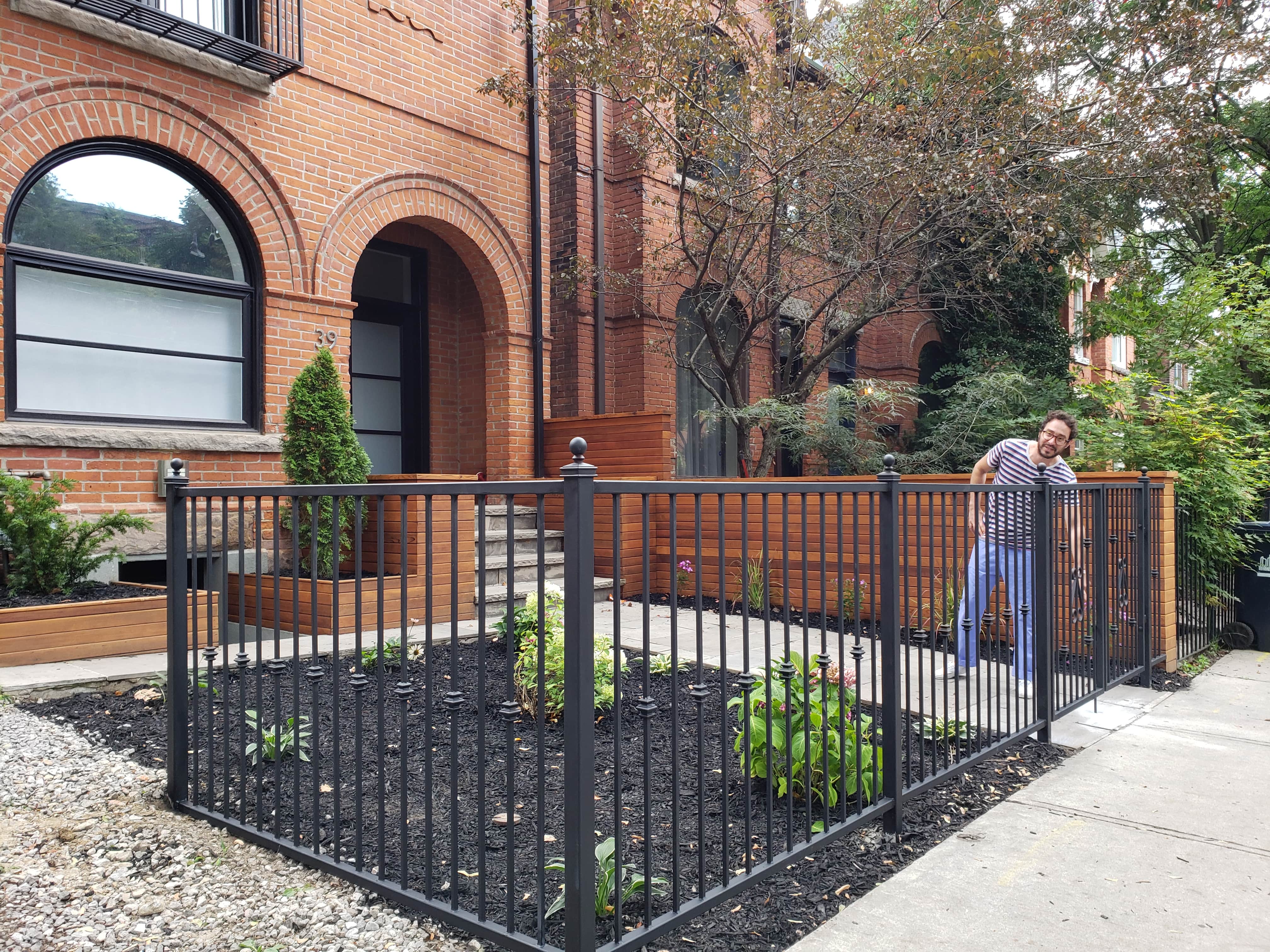


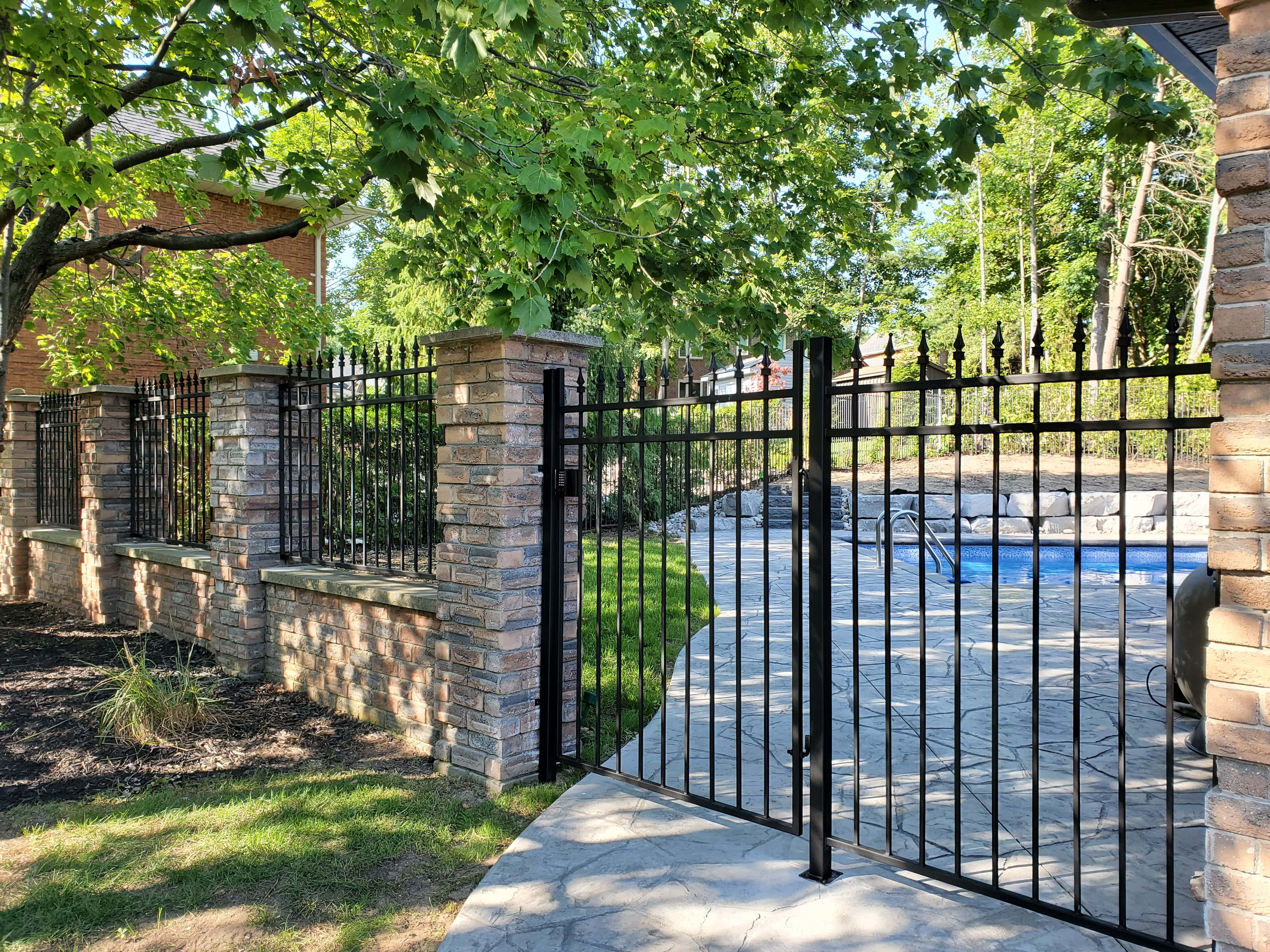

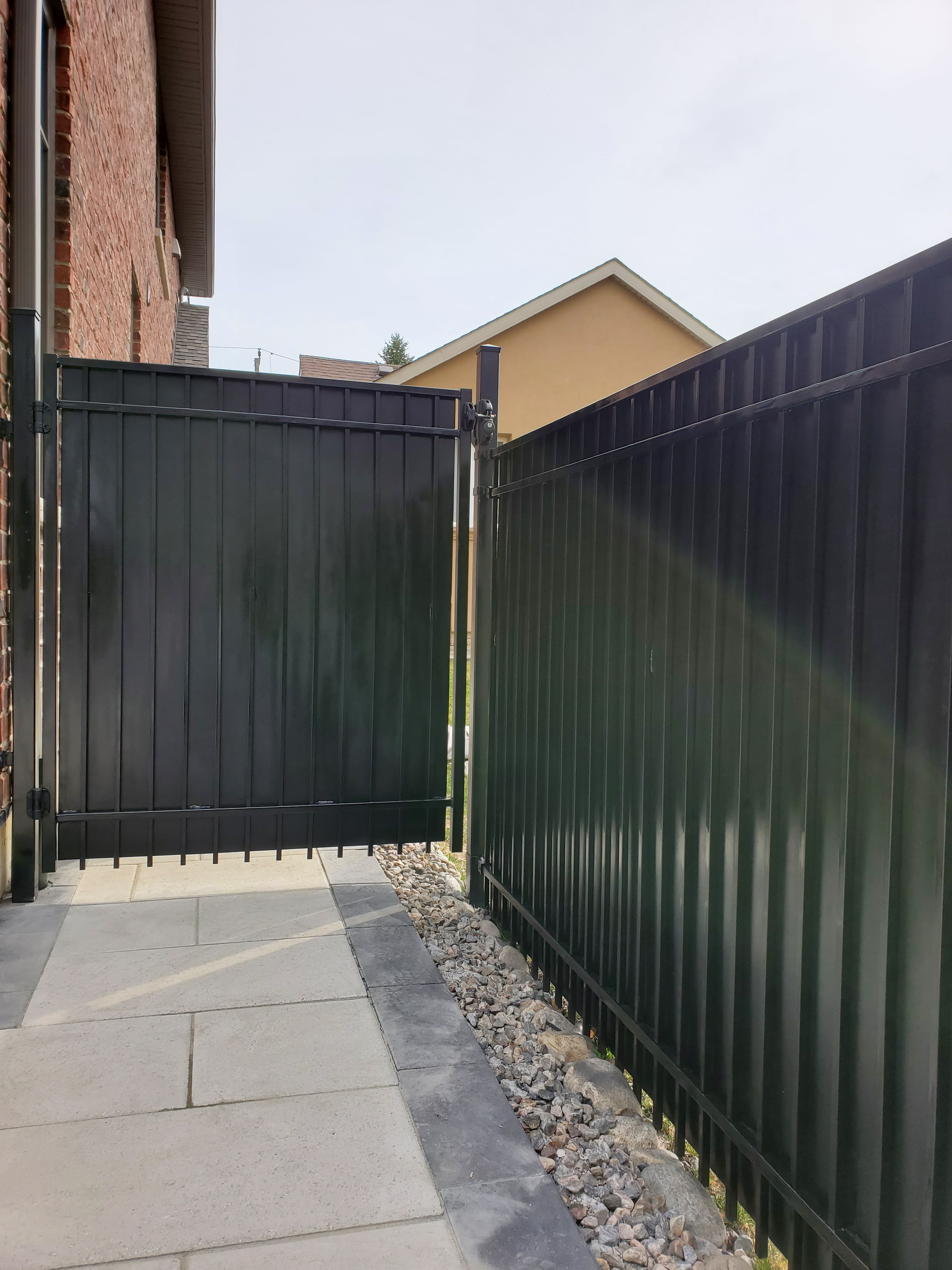
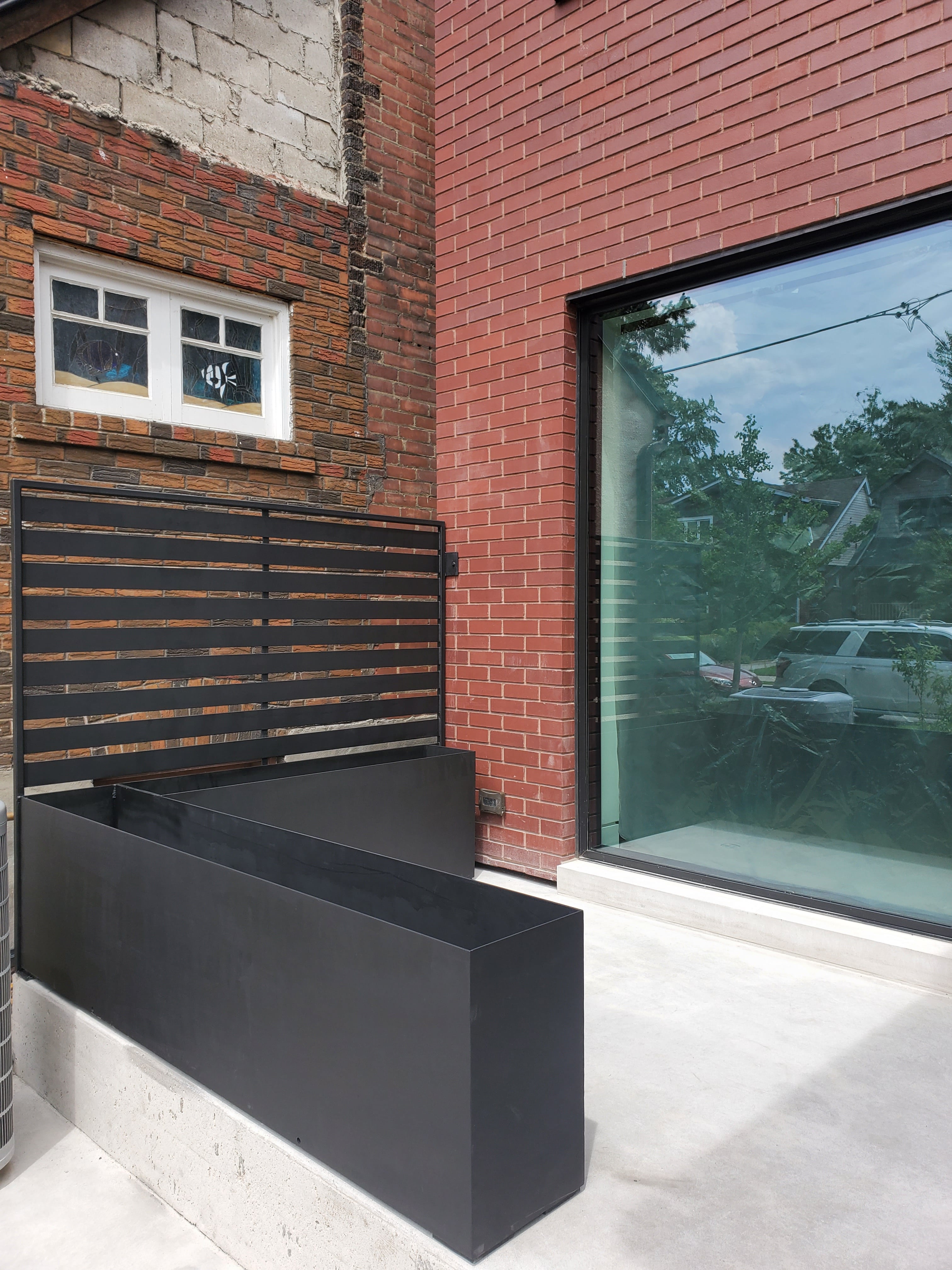
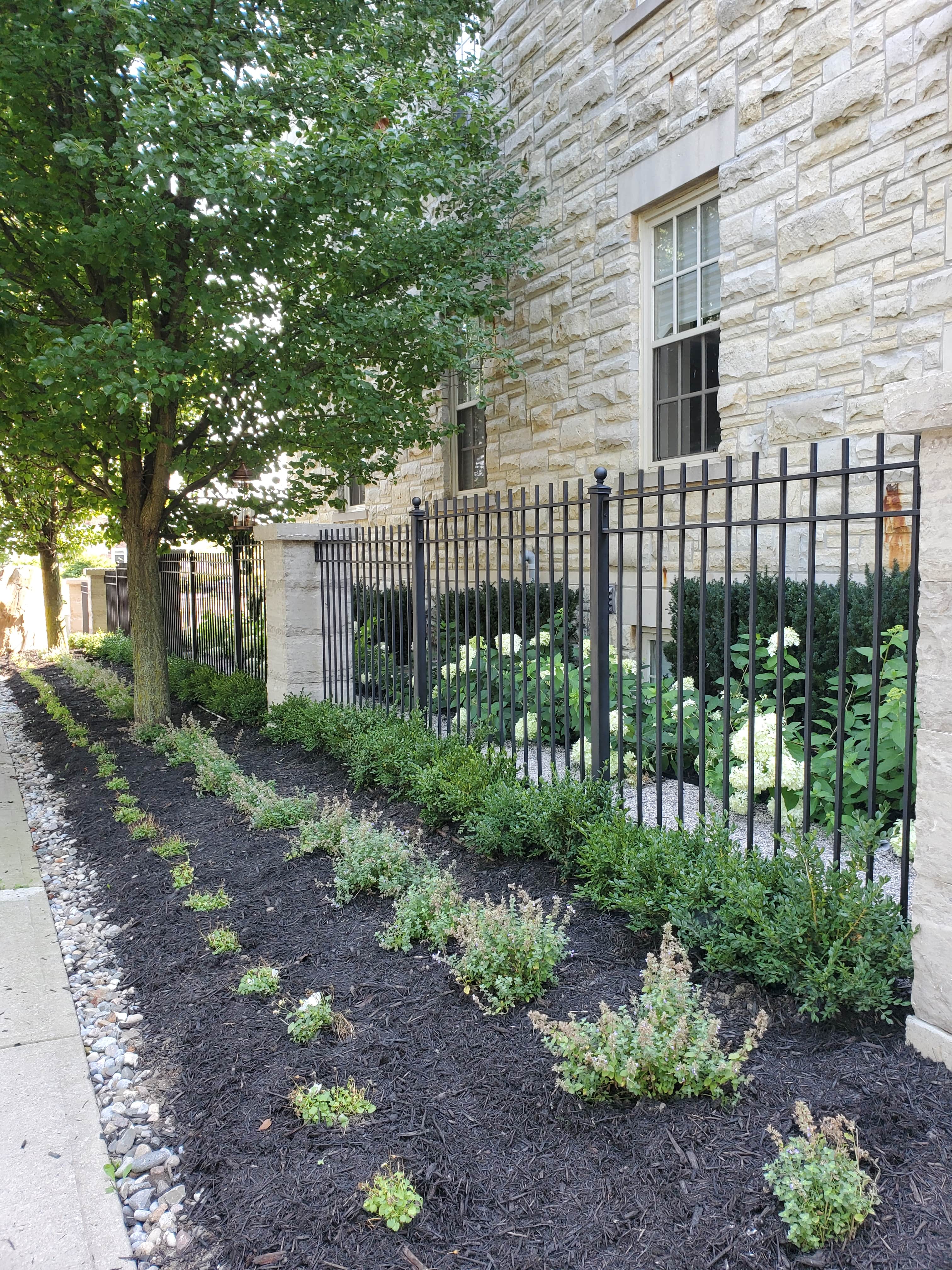



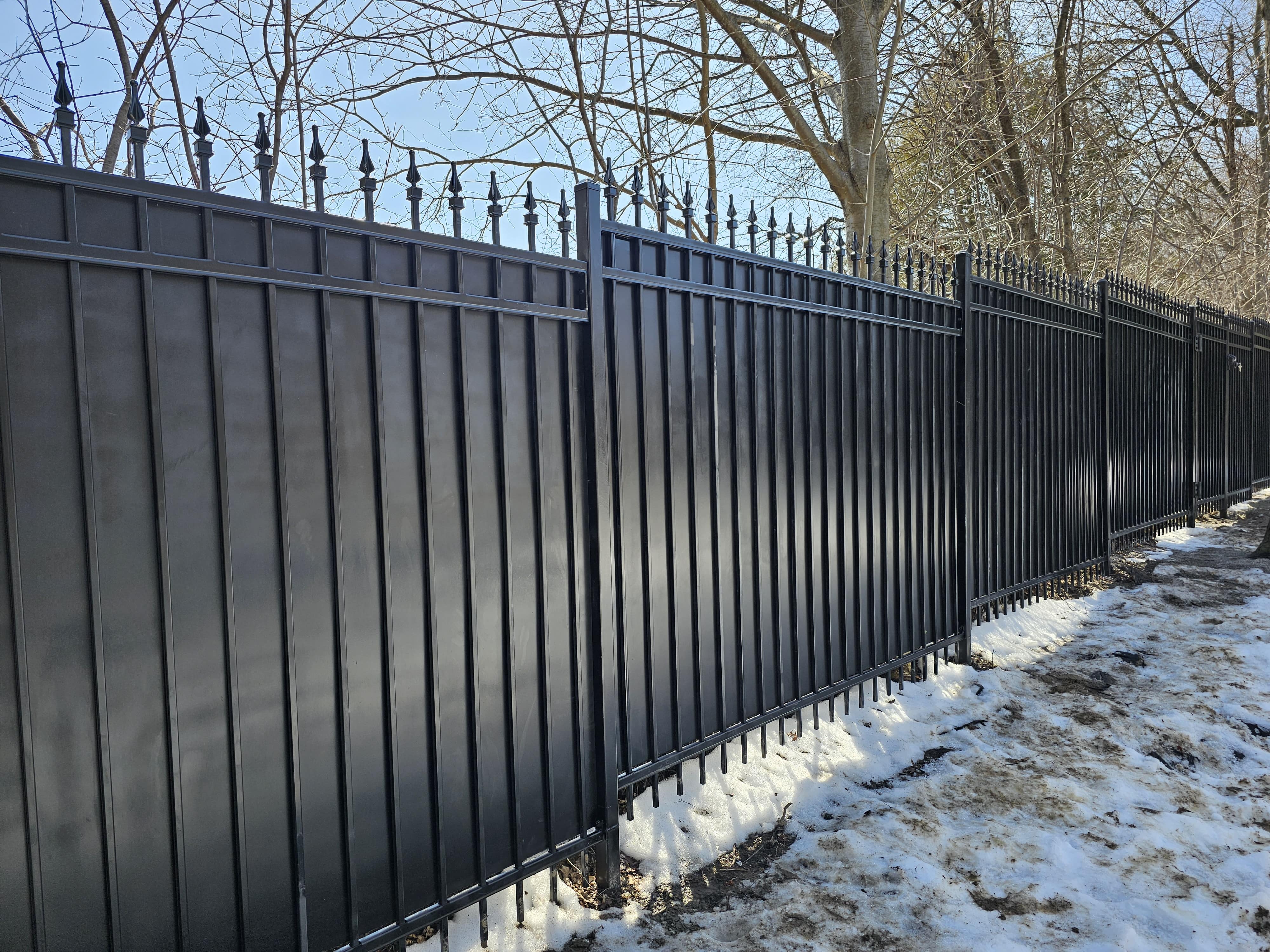
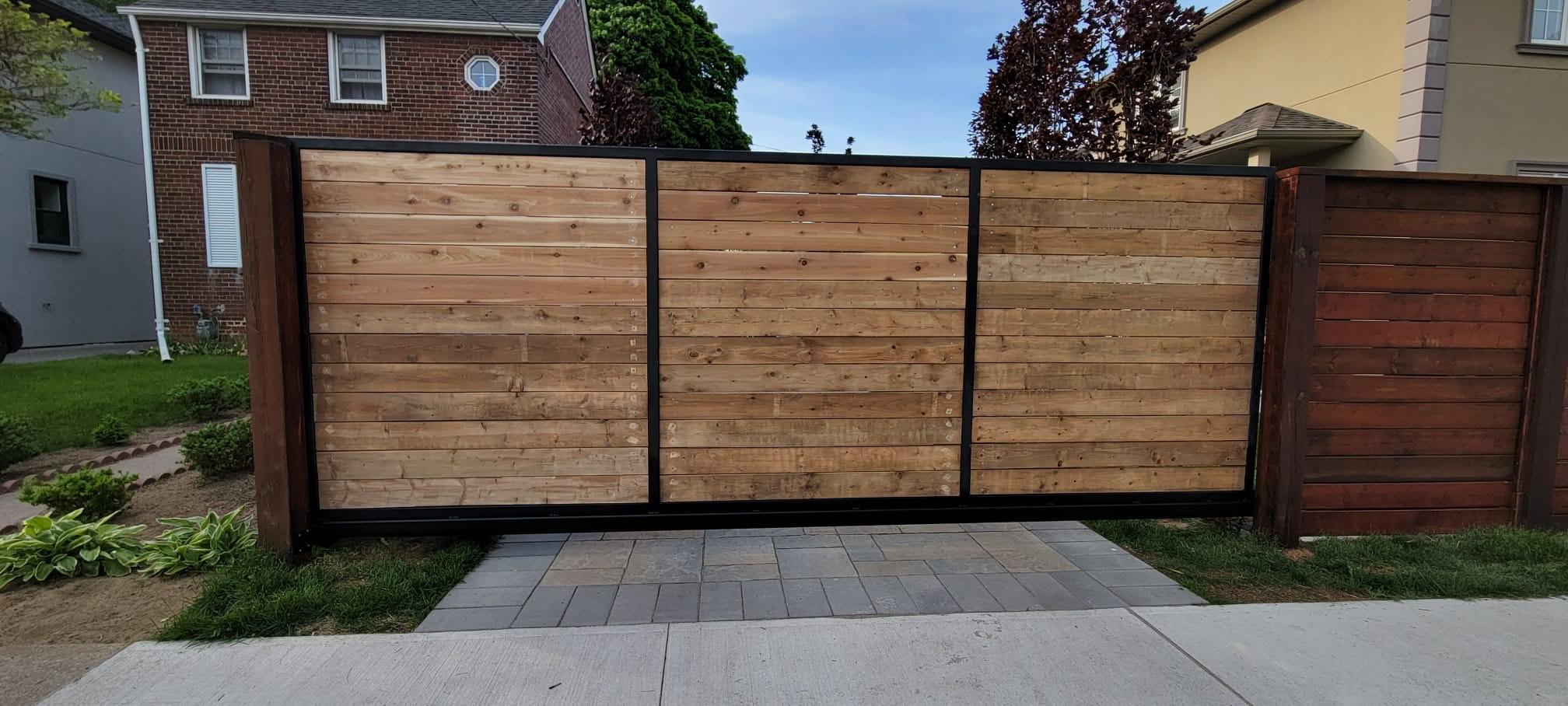
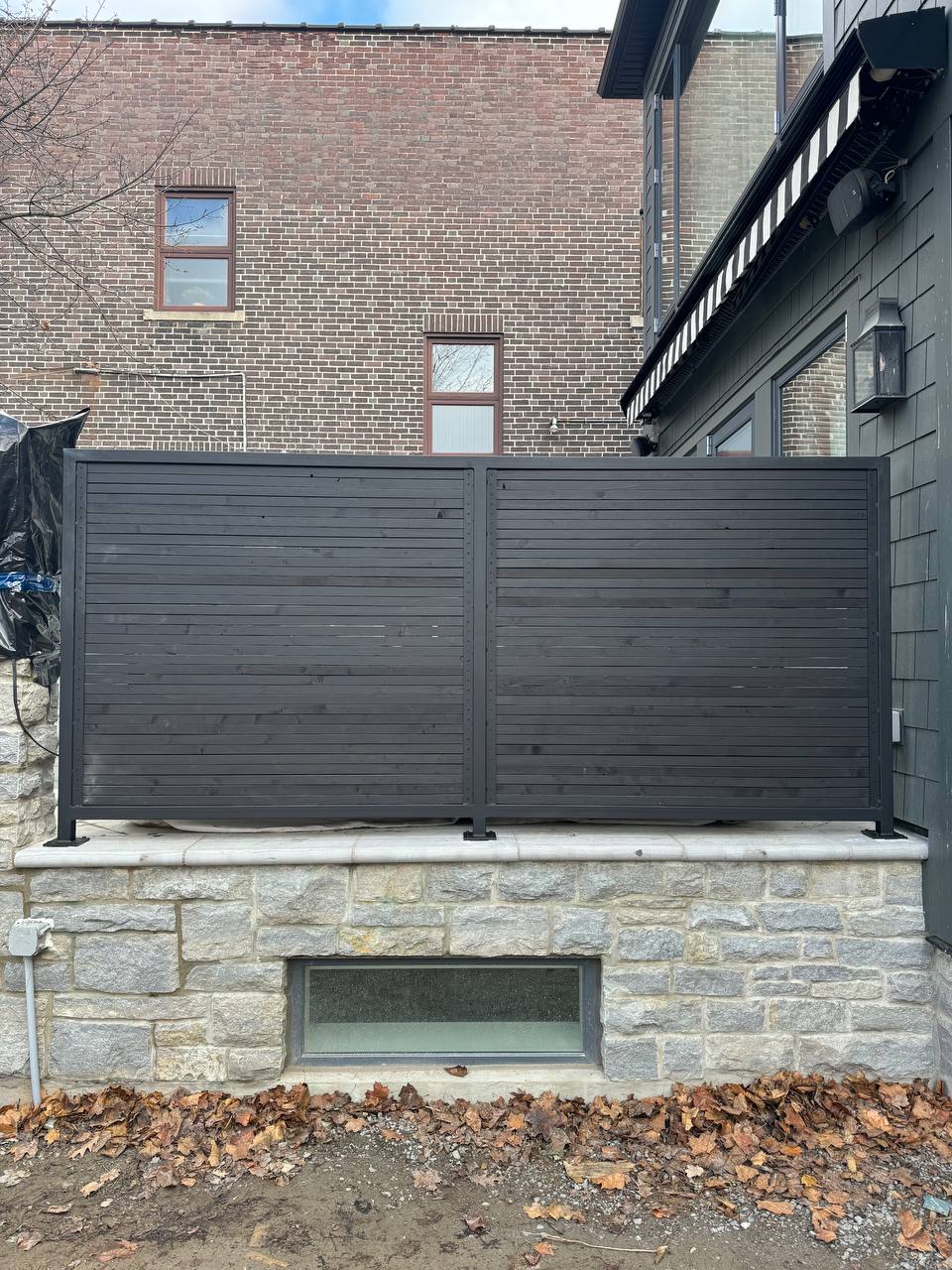

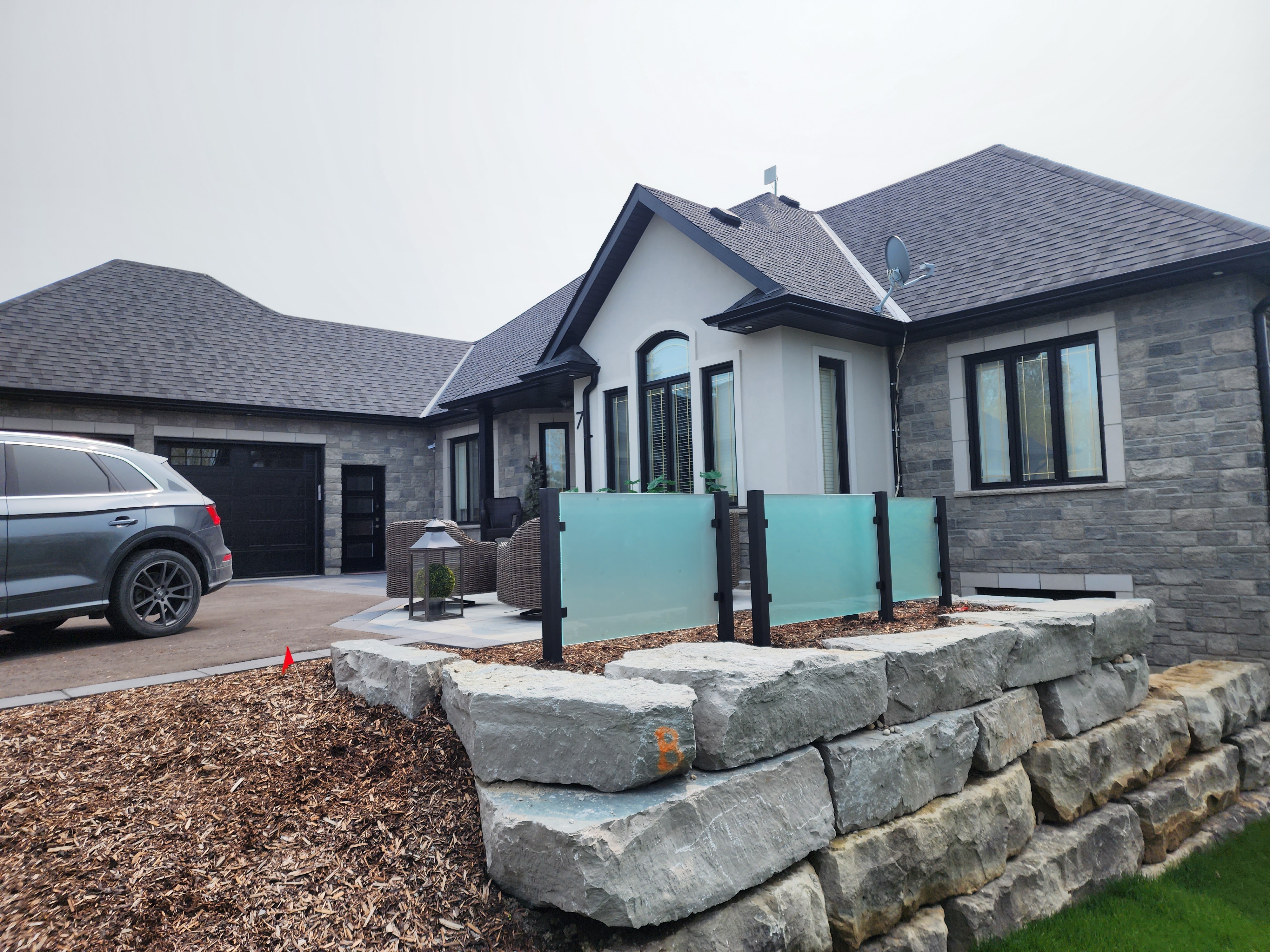


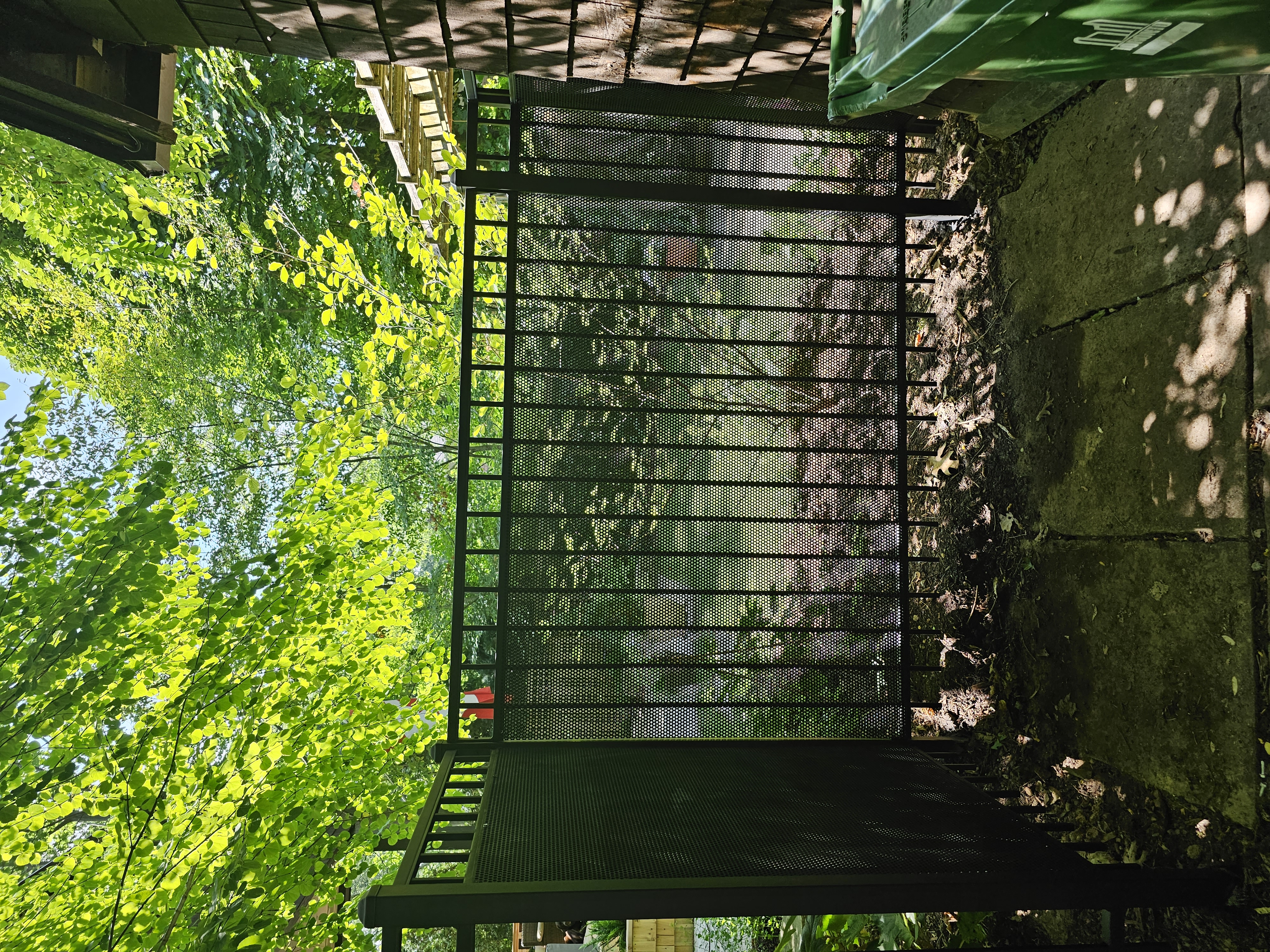
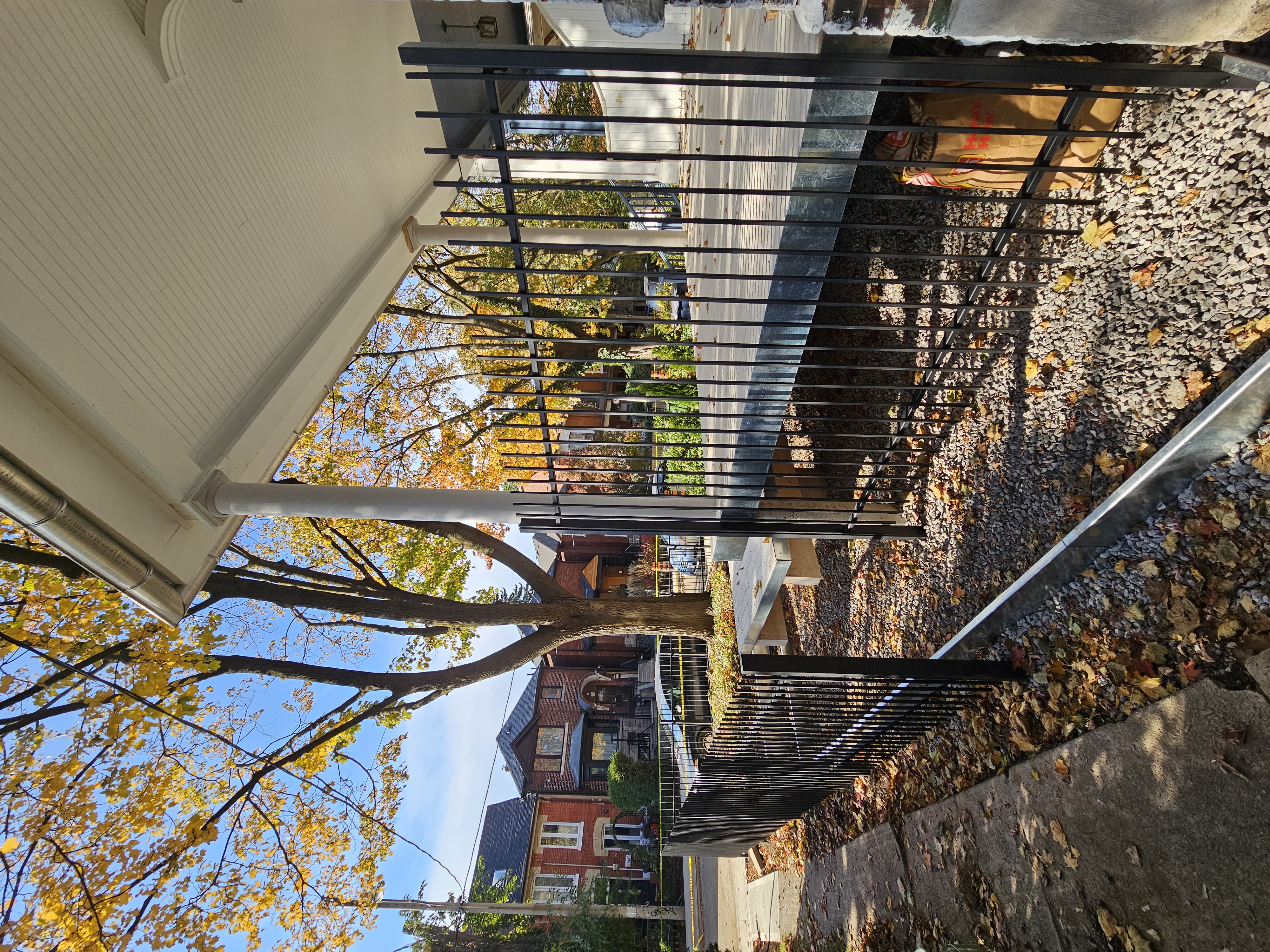

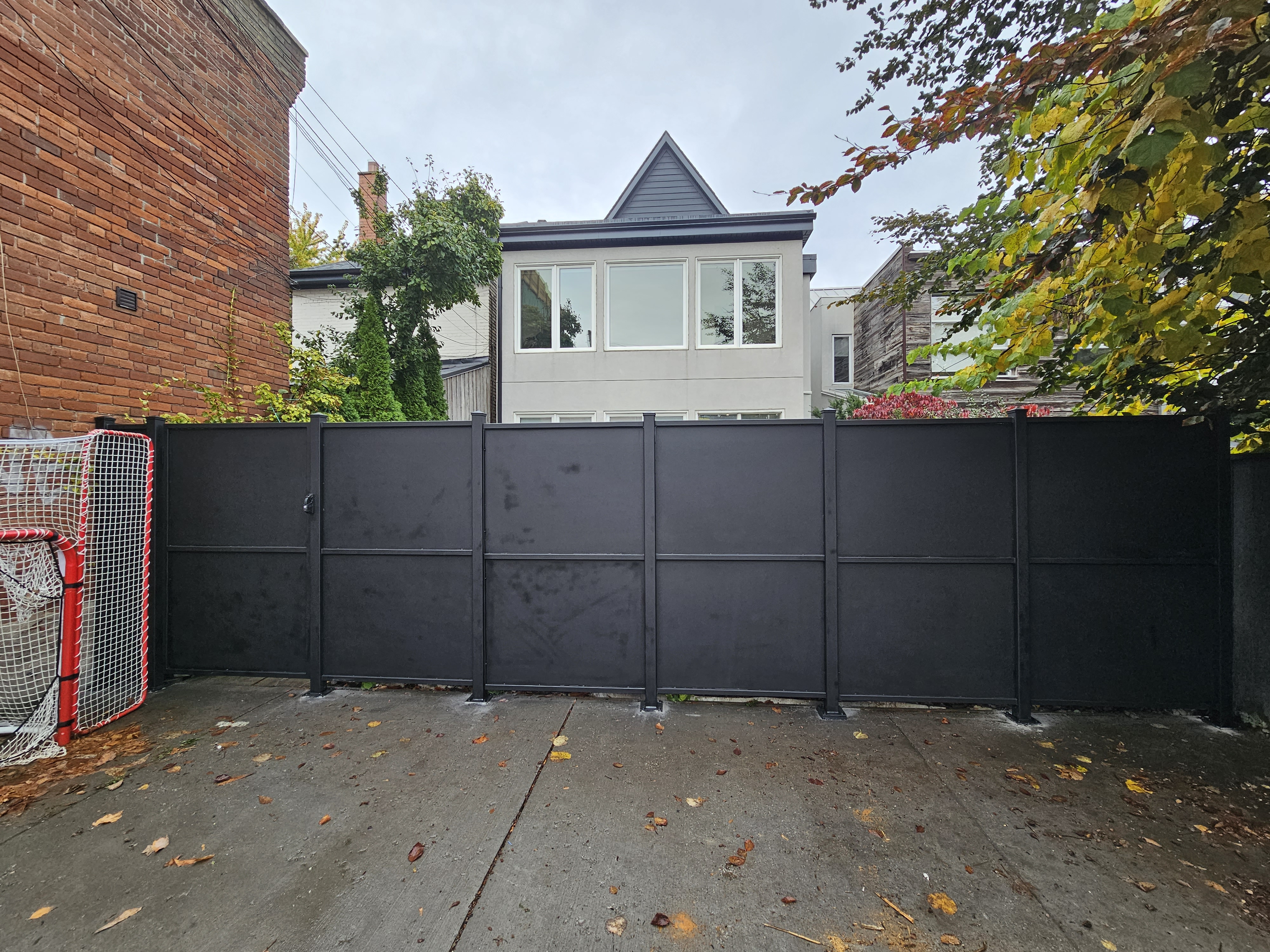
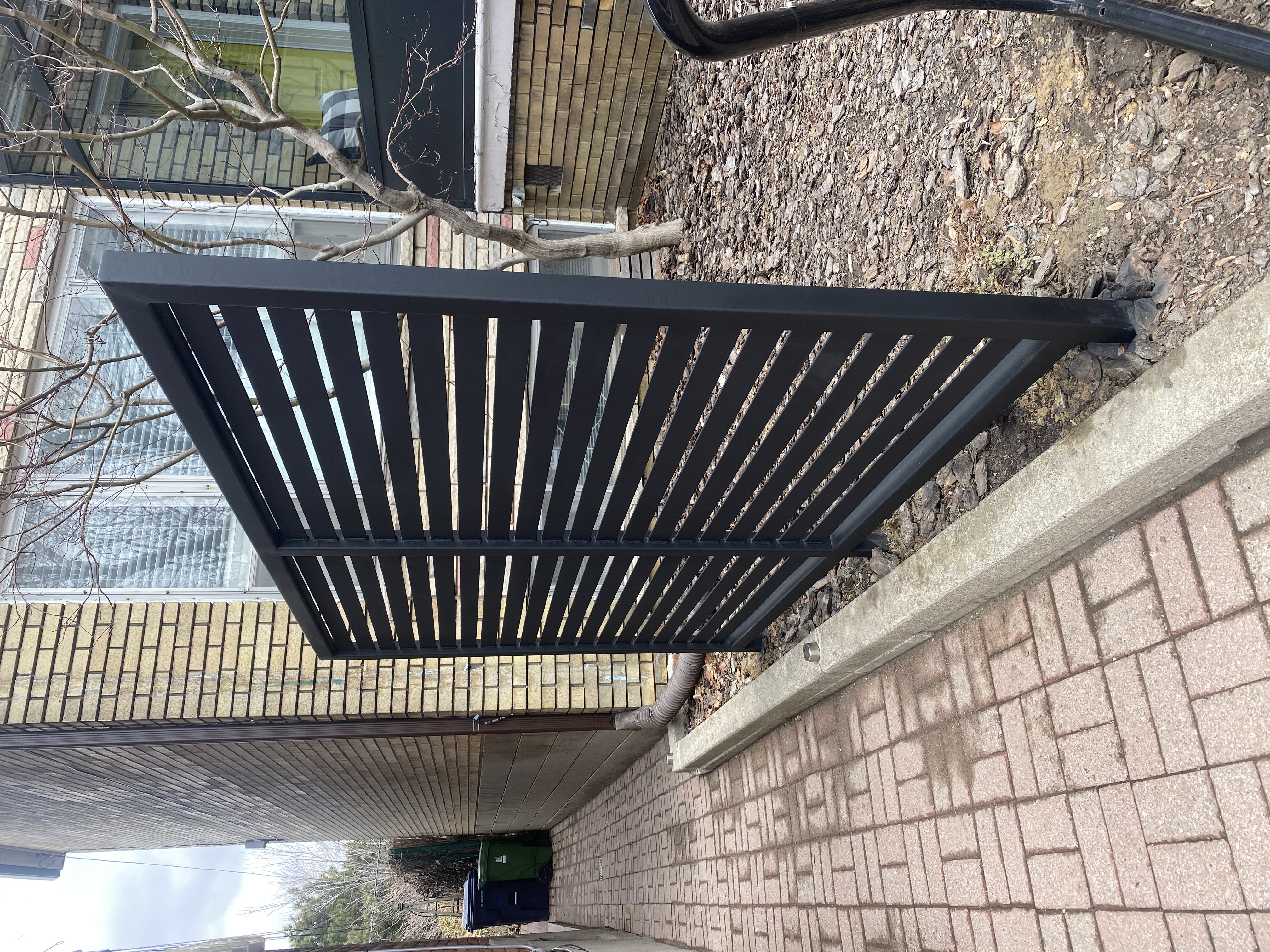
 Chat
Chat 








